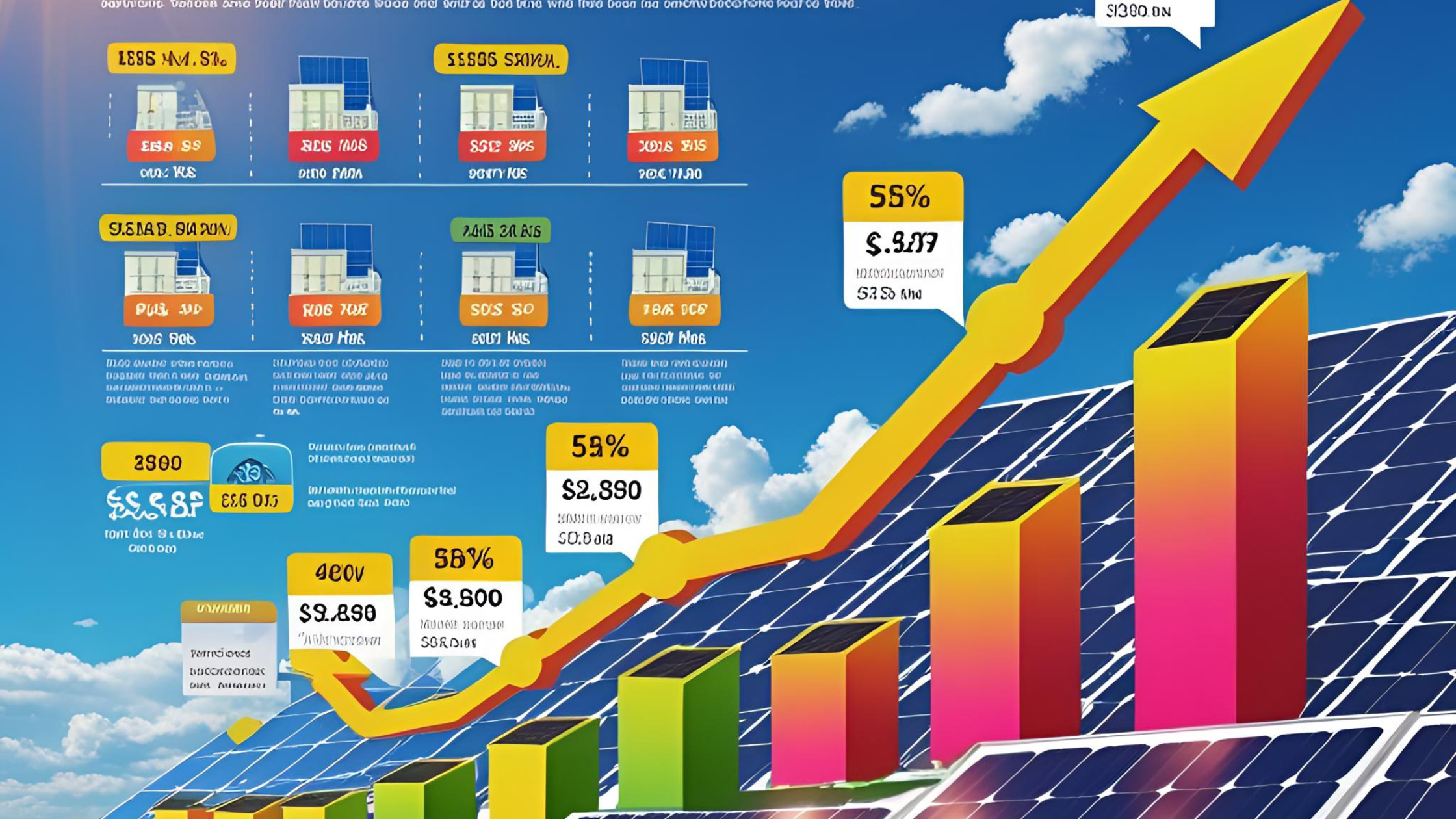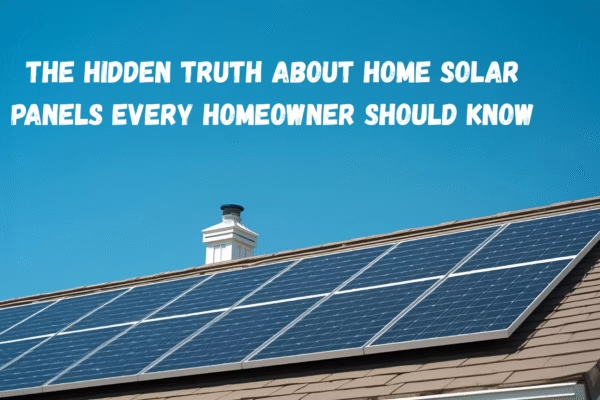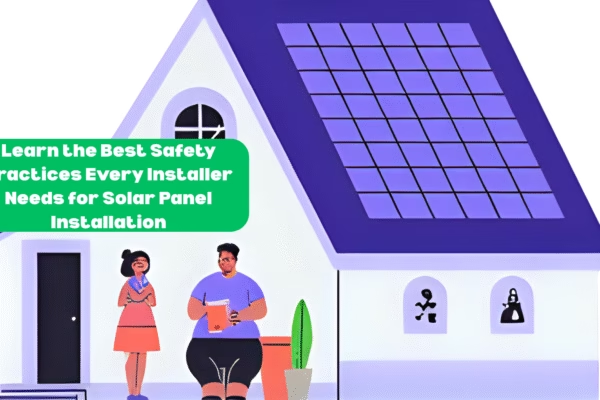Why Are Solar Panel Prices So Unpredictable Right Now? You’ve probably heard that solar panels are cheaper than ever. But is that really true?
If you’re considering switching to solar, what you pay depends on far more than just the hardware. Today’s solar panel prices are shaped by manufacturing trends, government policies, installation costs, and the type of system you choose.
This article uncovers the real cost of solar panels in 2025 — and what you need to know before investing.
What You’ll Learn:
- What solar panels really cost in 2025
- How installation fees impact your budget
- The truth about inverter and battery add-ons
- Where to find price drops — and where prices are rising
- How to save money with incentives and smart timing
Current Average Cost of Solar Panels in 2025
Let’s break it down by system size:
- 3kW system: ₦2,400,000 to ₦3,000,000
- 5kW system: ₦3,900,000 to ₦5,000,000
- 10kW system: ₦7,500,000 to ₦10,000,000
These prices cover panels alone. No inverter, no battery, no installation.
That’s where many people make the first mistake — underestimating total system cost.
What Drives the Price Up?
- Brand and Panel Type
Premium brands like SunPower or LG cost more than no-name panels.
Monocrystalline panels cost more but are more efficient. - Country of Manufacture
Panels made in the U.S. or Europe cost more than those from China. - Warranty and Lifespan
Longer warranties and higher durability come at a premium. But they offer better long-term value.
Hidden Costs You Can’t Ignore
Even if panels look affordable, don’t forget about:
- Inverter: ₦300,000 – ₦1,500,000 depending on size
- Batteries (if off-grid): ₦1,000,000 – ₦3,000,000
- Mounting kits and wiring: ₦100,000 – ₦500,000
- Labor and installation: ₦200,000 – ₦800,000
Have you budgeted for these?
Skipping this math leads to budget overruns and installation delays.
How Inverter Costs Affect Your Setup
The inverter converts solar energy into usable electricity for your home.
There are three main types:
- String inverters (cheapest, least flexible)
- Microinverters (costlier, but better for shaded roofs)
- Hybrid inverters (work with battery systems)
Expect to pay more if you plan on future battery upgrades.
Is It Really Cheaper Than Before?
Yes and no.
Panel costs have dropped globally due to:
- Oversupply from Chinese manufacturers
- Cheaper raw materials
- Advances in production tech
But many local markets have seen:
- Higher shipping costs
- Local taxes and import duties
- Rising labor costs
So while the per-watt price of solar is lower, full system costs haven’t fallen as fast.
Example: What a Full 5kW Setup Might Cost
Here’s a sample estimate:
- Panels (5kW): ₦4,500,000
- Hybrid inverter: ₦900,000
- 10kWh lithium battery: ₦2,500,000
- Installation and accessories: ₦600,000
Total: ₦8,500,000
Now compare that to grid electricity bills over 10 years — and solar starts to make sense.
Can You Get Solar for Less?
Yes, if you:
- Choose local brands with good reputations
- Skip batteries (if you’re still connected to the grid)
- Take advantage of rebates or group purchases
- Avoid overpriced installers
Also: timing matters. Prices are often lower during off-peak seasons.
Solar Incentives You Might Qualify For
In some regions, there are:
- Tax credits or exemptions
- Import duty waivers
- Low-interest solar loans
- Discounted installations from NGOs
These can reduce your net cost by 10–30%.
Have you checked what’s available in your state or city?
Mistakes People Make When Shopping for Solar
Avoid these common errors:
- Focusing only on panel price, not total cost
- Ignoring inverter specs
- Not asking about warranty coverage
- Choosing the cheapest installer without reviews
- Not sizing the system based on actual power usage
A cheap setup that fails in 2 years is no bargain.
Practical Tips to Lower Your Solar Cost
- Get at least 3 quotes from different installers
- Ask for a load assessment before choosing system size
- Combine solar with energy-saving appliances
- Use smart inverters to monitor and optimize performance
- Keep an eye on currency exchange rates — imported components can fluctuate fast




